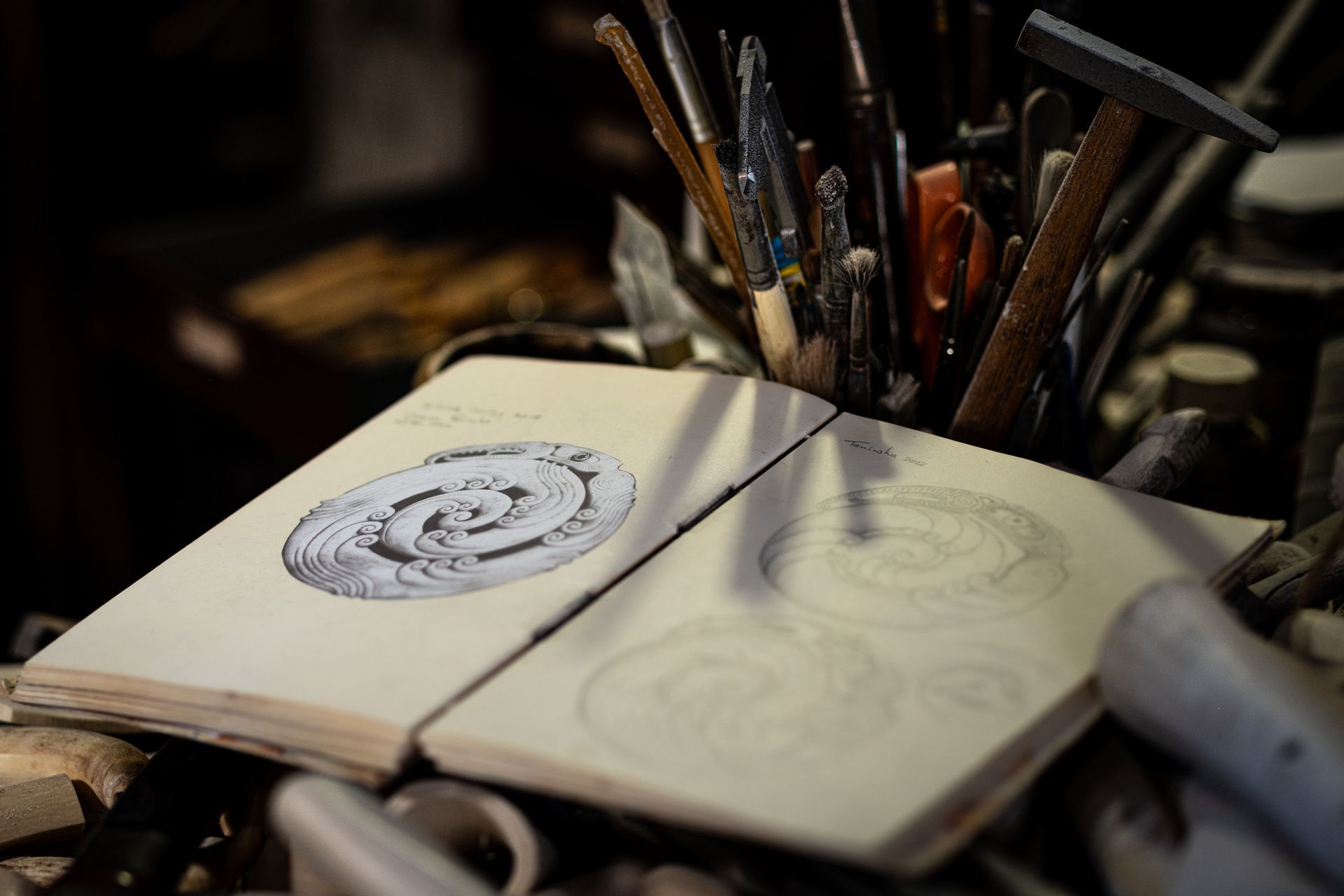
Blessing Your Pounamu
Is it customary to bless a Pounamu before wearing it?
This tradition not just begins with Pounamu, but is an integral part of the Maori culture. Their connection with spirituality and the earth around them makes it sacred, which, throughout history has been used to seal bonds; whether for friendship, relationships, peace, or to show gratitude and thanks.
The concept of gifting is central in the lives of Maori. It was a guiding principle and helped maintain the social balance & mana of individuals, communities and tribes.
Greenstone is held in high regard as a taonga (treasure) within Maori culture. This is why pounamu carvings are considered a special and significant family heirloom. It is a strong and durable stone, so these carvings last for many generations, being gifted down the family line, as a true taonga (treasure).
Many traditional items from history are still with the original family, having been passed down for many years. Alongside gifting within their tribes and families, pounamu was also historically used when tribal wars were over, signifying a gift that was to seal the peace treaty between the two tribes.
Why bless Pounamu?
Pounamu can represent ancestors, connection with the natural world, or attributes such as strength, prosperity, love, and harmony.
Tapu
This means to put someone or something under the sacred protection of the atua (gods) which is away from the profane. The violation of tapu would result in retribution, sometimes including the death of the violator and others involved directly or indirectly.
Appropriate karakia and ceremonies could mitigate these effects. Tapu was used as a way to control how people behaved towards each other and the environment, placing restrictions upon society to ensure that society flourished. Making an object tapu was achieved through rangatira or tohunga acting as channels for the atua in applying the tapu.
Members of a community would not violate the tapu for fear of sickness or catastrophe as a result of the anger of the atua.
Source -
https://maoridictionary.co.nz/word/7504
Noa and Whakanoa
Noa lifts tapu from a person or object. When tapu is removed, things become noa, the process being called whakanoa.
This means that the object that was tapu is now free from restrictions. It is now able to be put to common use. Noa is similar to a blessing. Tapu and noa remain part of Māori culture today, although people today are not subject to the same tapu as that of previous times.
For this reason, many people like to have their carving blessed. This blessing, if done correctly, will purify the carving of any negativity that have been inadvertently placed into it during the process of its creation.
Further to this, one who is qualified, may go a step further and invite powerful blessings of various holy beings to raise the vibration of the carving and thereby transform it into a true Taonga (treasure).
Source -
https://maoridictionary.co.nz/search?idiom=&phrase=&proverb=&loan=&histLoanWords=&keywords=noa




